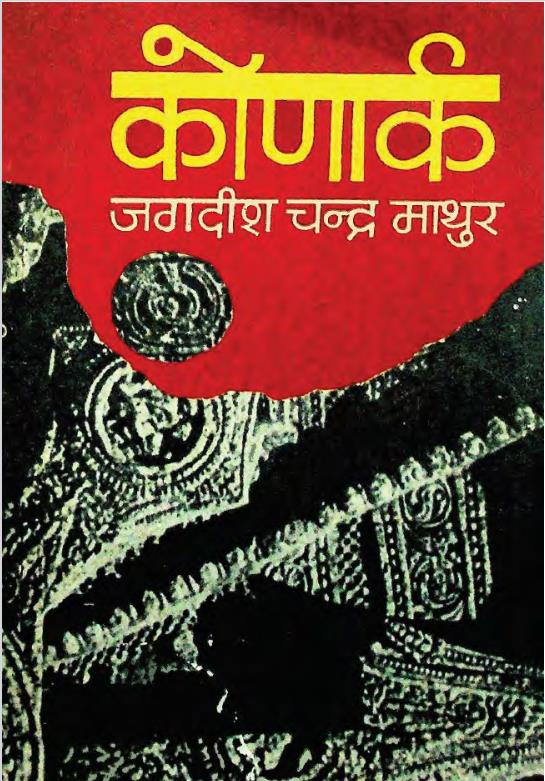Drama Konark, written by Jagadis Chandra Mathur and first published in 1951, is a profound work that intertwines history, culture, and human emotions. Set against the backdrop of the magnificent Sun Temple in Konark, Odisha, this drama serves not only as a literary piece but as a celebration of Indian heritage and the rich tapestry of human experience.
The plot revolves around the grandeur and intricacies of the Sun Temple, embodying the architectural brilliance of ancient India. Mathur intricately weaves together the stories of characters representing various facets of society, from devoted artisans to royal patrons, showcasing how the temple stands as a symbol of aspiration, devotion, and cultural pride. Each character adds depth to the narrative, reflecting both the historical significance of Konark and the universal themes of love, sacrifice, and ambition.
At the core of the drama lies a poignant exploration of love—both romantic and platonic—as it intersects with personal ambition and societal duty. Characters grapple with the tension between their desires and their roles in the broader social and cultural context. The love stories unfold beautifully against the backdrop of the temple’s construction, making the setting an almost character in its own right.
Mathur’s exploration of sacrifice is equally compelling. The relentless pursuit of perfection among the artisans mirrors the struggles faced by individuals in their personal quests, reminding readers of the sacrifices one must make for the greater good. This theme resonates deeply, as it prompts audiences to reflect on their own lives and the societal responsibilities they bear.
Drama Konark shines a light on the historical significance of the Konark Sun Temple, a UNESCO World Heritage Site. Mathur’s detailed descriptions transport readers to the site, making them appreciate the temple’s intricate sculptures and architectural prowess. Through his words, one can almost hear the chiseling of stone, feel the devotion of craftsmen, and see the beauty that has drawn visitors for centuries.
Published in 1951, a time when India was navigating its post-colonial identity, the drama serves as a means of reconnecting with indigenous roots. Mathur’s work emphasizes the importance of cultural heritage, showcasing how art, religion, and architecture are deeply intertwined. At a time when the nation was redefining itself, Drama Konark contributed to the renaissance of interest in India’s historical and cultural narratives.
The enduring legacy of Drama Konark can be seen in its continued relevance and the appreciation it garners from new generations of readers and theater enthusiasts. Its themes resonate even today, as discussions around cultural heritage and identity remain pivotal in contemporary discourse.
In 2001, the reprint of Drama Konark signifies its timelessness and the importance of reviving classic literature. It invites fresh interpretations while preserving the original essence of Mathur’s work.
Books Info
| Books name | Konark |
| Author | Jagadis Chandra Mathur |
| No Of pages | 90 |
| Publisher | Radhakrushna Prakashan Private limited |
| Publication | 2013 |
| Printed At | Taruna Printers |
| Distributor | NA |

